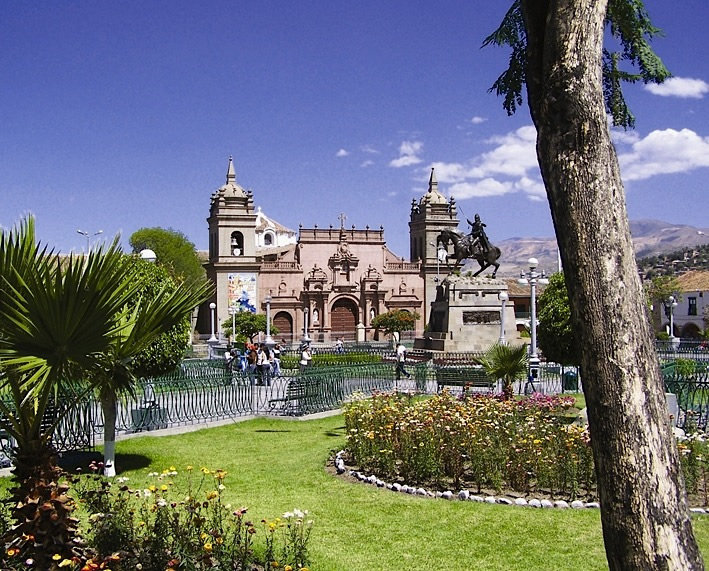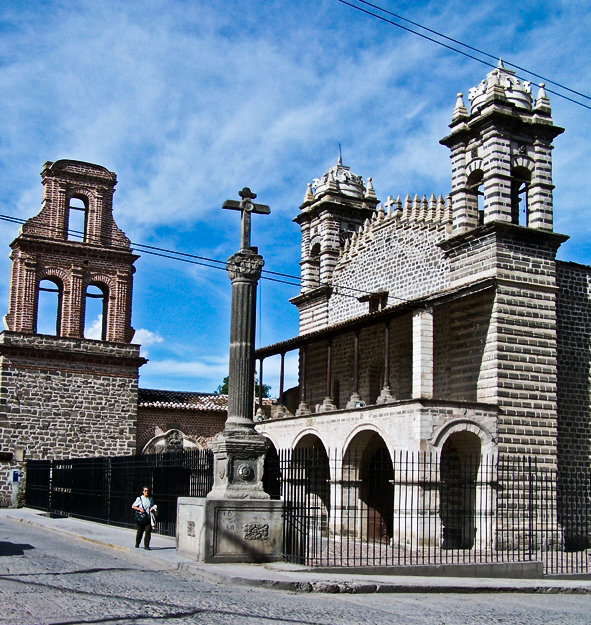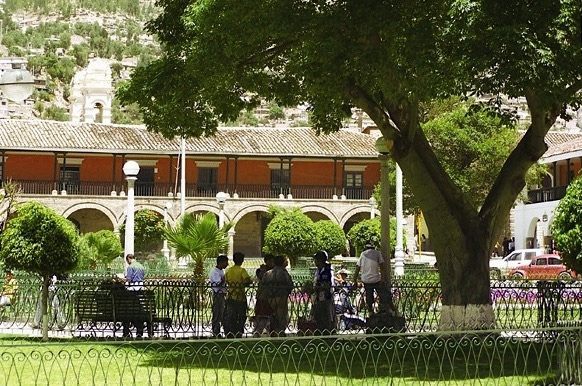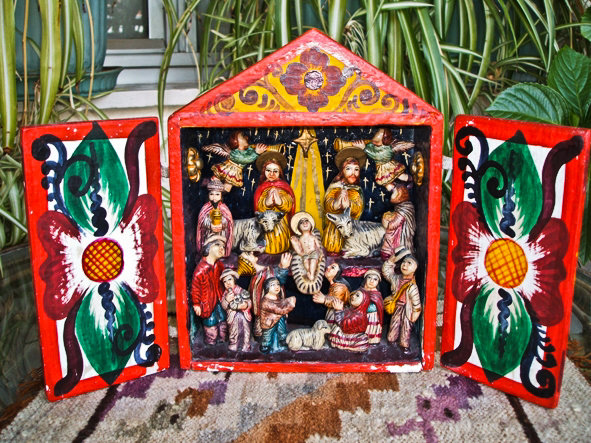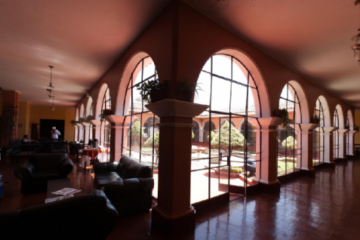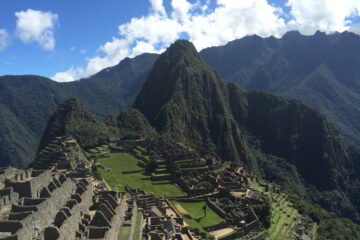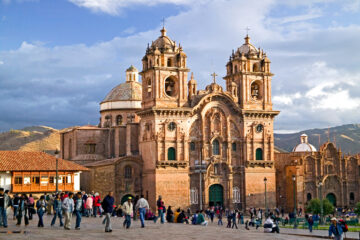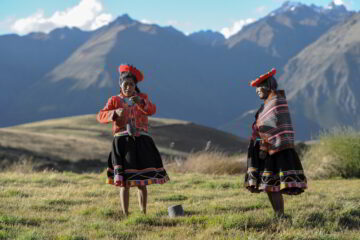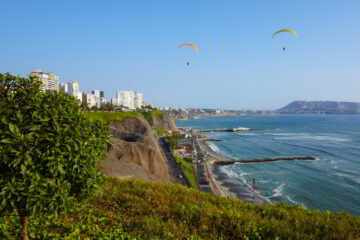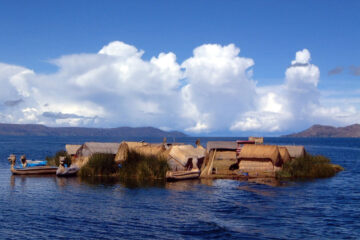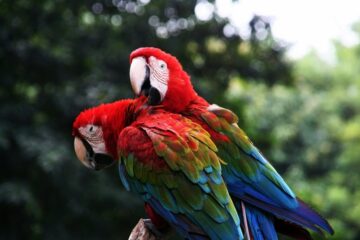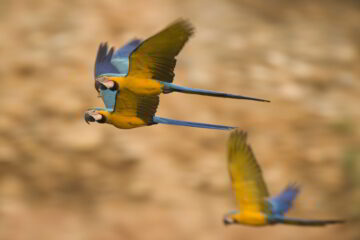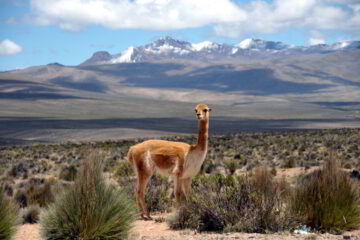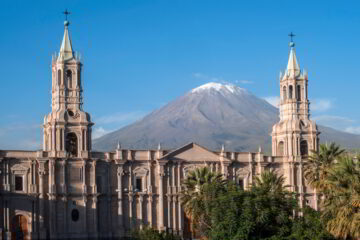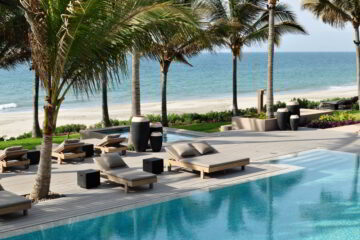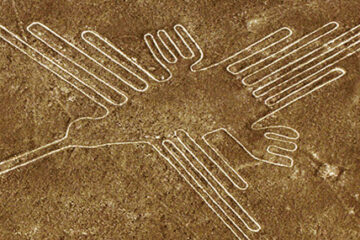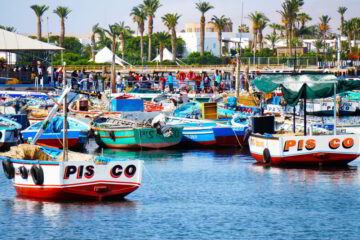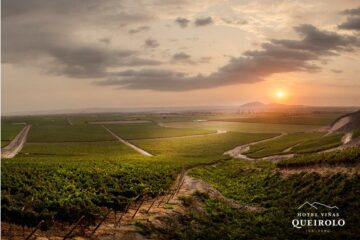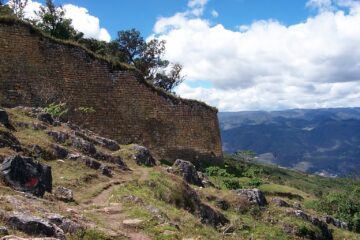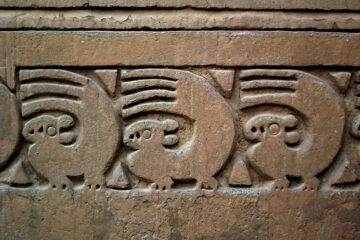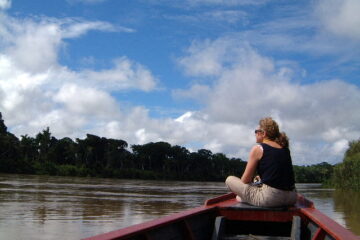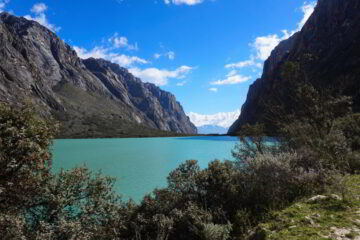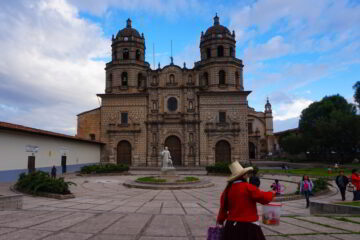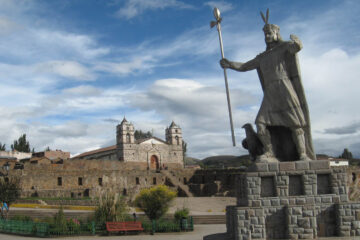Ayacucho (or Huamanga, its original name) is a well-preserved city from Peru’s viceregal period situated in the Andes, southeast of Lima.
Ayacucho is well known for its traditional arts and crafts and fervent religious celebrations during Semana Santa, Easter Holy Week.
Founded by the Spanish in 1539, Ayacucho is home to an attractive city centre and no less than 33 churches. Many of the existing buildings date from the 16th and 17th centuries. The Cathedral, Town Hall and University are all situated around the main square or Parque Mariscal Sucre. In neighboring streets there are dozens of historic churches and monasteries, elegant mansions and other civic buildings, not to mention a lively market and all the bustle of a regional capital and university city.
Recommended For
- Culture and History Enthusiasts
Things to do
- Catch colorful religious celebrations during Semana Santa, the Holy Week of Easter
- Admire some of the city's 33 churches, which represent one for each year of Jesus' life
- Visit the archaelogical site of Vilcashuamán where, an important Inca military and religious center atop a former Chanka settlemen
Guide to Ayacucho
The city and its surrounding area is particularly rich in folk art. In Ayacucho you’ll find ceramic figures and churches; woven designs in alpaca or sheep wool and colored with natural dyes; figures carved in the local, white Huamanga stone; and the celebrated Ayacucho retablos, small boxes which once served as traveling altars but now portray nativity scenes and aspects of popular life in the area, from harvesting the prickly pear to hat shops and festive parties. Filigree silver is also produced there. Many craftsmen and women work in the Santa Ana district close to the city center, while others live in nearby villages.
Things to do in Ayacucho
The capital of the Huari (Wari) culture (600-1100A.D.) is an intriguing archaeological site only 25 kilometers (15 miles) northeast of Ayacucho where the prickly pear cactus (Opuntia cochinillifera) grow abundantly amongst the mysterious remains of fine stone mausolea. Some 120 kilometres (74 miles) south of the city is the site of Vilcashuamán where, after the Inca conquest in the 15th century, an important Inca military and religious center was erected atop a former Chanka settlement; in the following century, the Spaniards surmounted it with the Church of San Juan Bautista. Close to Ayacucho, the plain of La Quinua marks the site of two important battles, while the village is known for its potters.
How to get to Ayacucho
Ayacucho can be reached by air from Lima and Cuzco, and by a good road climbing up from the Pacific coast near Pisco. The altitude of Ayacucho is 2,748 metres (1,707 miles).
When to go
Ayacucho is famous among Peruvians for the piety and splendor of its Holy Week processions, which continue from the Friday in Passion Week (before Palm Sunday) to Easter Sunday, wending through the city from the various churches to the Cathedral and bearing venerated figures of the main figures in the scriptural stories, particularly Jesus Christ and the Virgin Mary. Numerous other festivities take place throughout the year. Contact us for more information if you’re interested in Peru festivals.
During the drier seasons, from May to October is ideal for a visit to Ayacucho. Travel from November to March can include heavy downpours.
Highly recommended accommodations in Ayacucho
Ayacucho is home to a range of simple, clean and comfortable accommodation. Properties tend to get booked up in advance during Easter Week.


